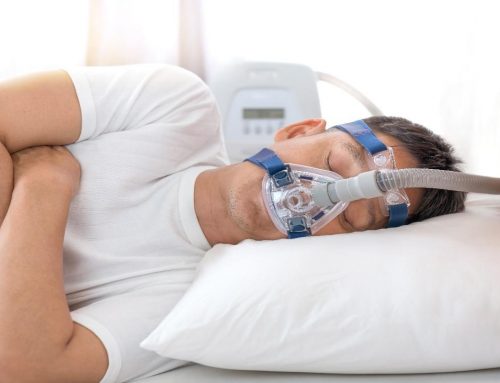Table of Contents
An Ultimate Guide for CPAP Newbies

If you have been prescribed CPAP to treat your obstructive sleep apnea, you might be slightly uncertain before beginning therapy. If you are a CPAP newbie, the most common question rears up, such as: how can I get myself to do this?
The Good and Bad News
However, the bad news is that it may take a bit of effort to adapt to the CPAP machine and CPAP masks. On the other hand, the good news is most people adapt fairly quickly (i.e. within several weeks or sooner). By following a couple of simple recommendations, you may discover that it is easier than you expect.
A Positive Mindset
It is essential to have a positive approach in mind when considering CPAP. Start with the attitude that there may be a few initial hurdles to get over, but you will be able to make adjustments on the fly, and ultimately make your CPAP treatment best for you.
Keep in mind the benefits that await you; better sleep leads to improved concentration, mood, and energy, in turn, improving your overall health and well-being.
Choose your Equipment Wisely
One of the most critical decisions when embarking on CPAP treatment for the first time is choosing a supplier. You may be handed a list of companies by your sleep doctor. Call around and decide on the best place to visit. Remember, these suppliers are businesses, so be certain that you get excellent customer service.
Additionally, even though most people get treated with CPAP, you may otherwise be prescribed machines that deliver bilevel (or BiPAP or VPAP) or more advanced settings. Another key responsibility of the equipment provider is to provide and fit you with a good CPAP mask.
Ease Yourself into Sleep

Once you have made your equipment choices, it’s time to consider the practicalities of using your CPAP at home with suitable CPAP nursing care interventions. The first time will probably feel unnatural and uncomfortable to sleep.
With CPAP, you can ease yourself into a night’s sleep by practicing a little before using it during the night. Doing this might mean setting up the machine in another part of the house where it’s comfortable.
If you are claustrophobic, it would be best first to get used to the mask. Simply hold it up to your nose or mouth with the machine off. If this creates anxiousness, try to take slow and deep breaths against the blowing air.







 Shop
Shop



